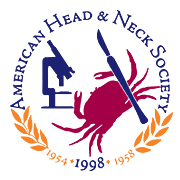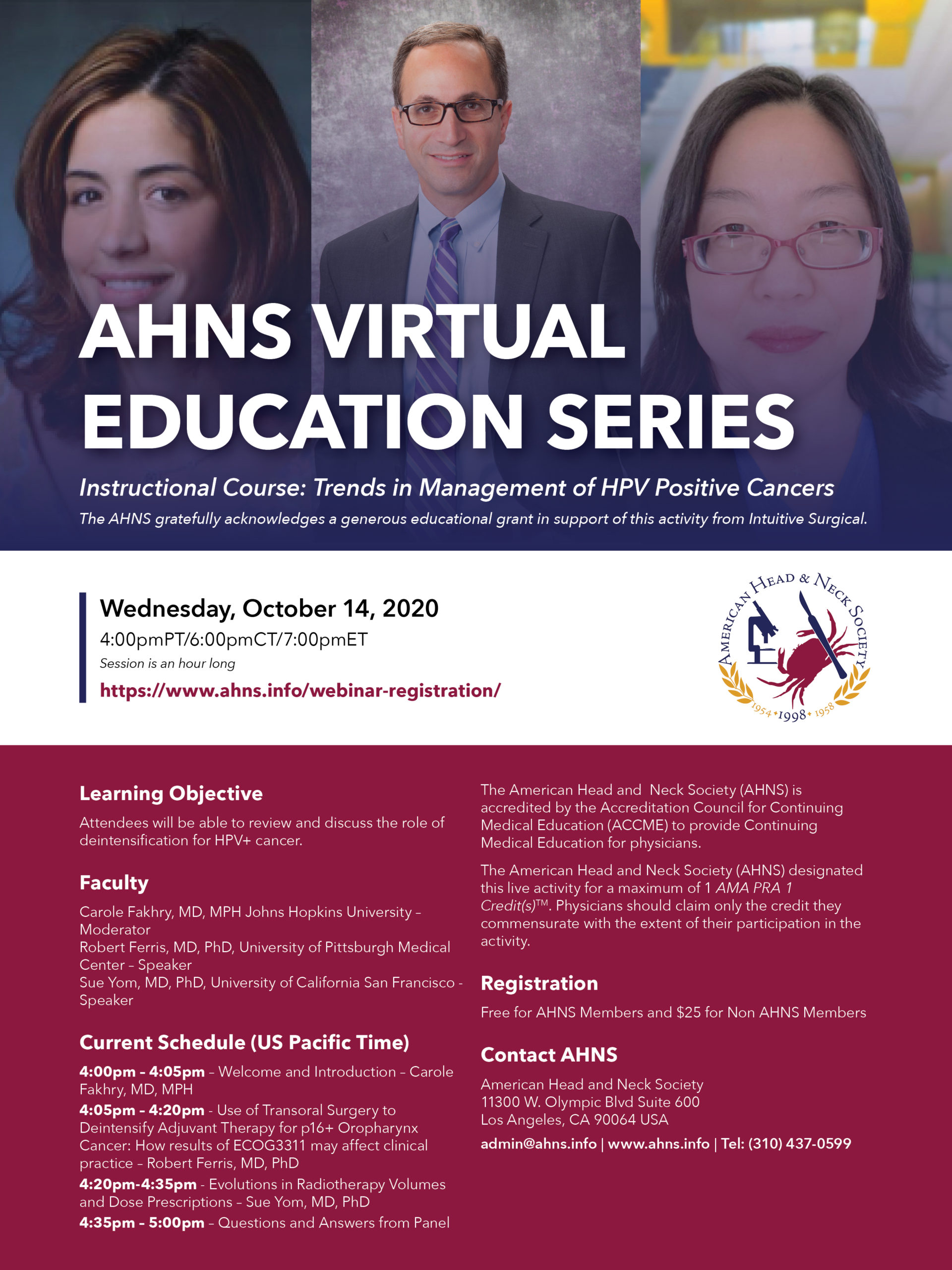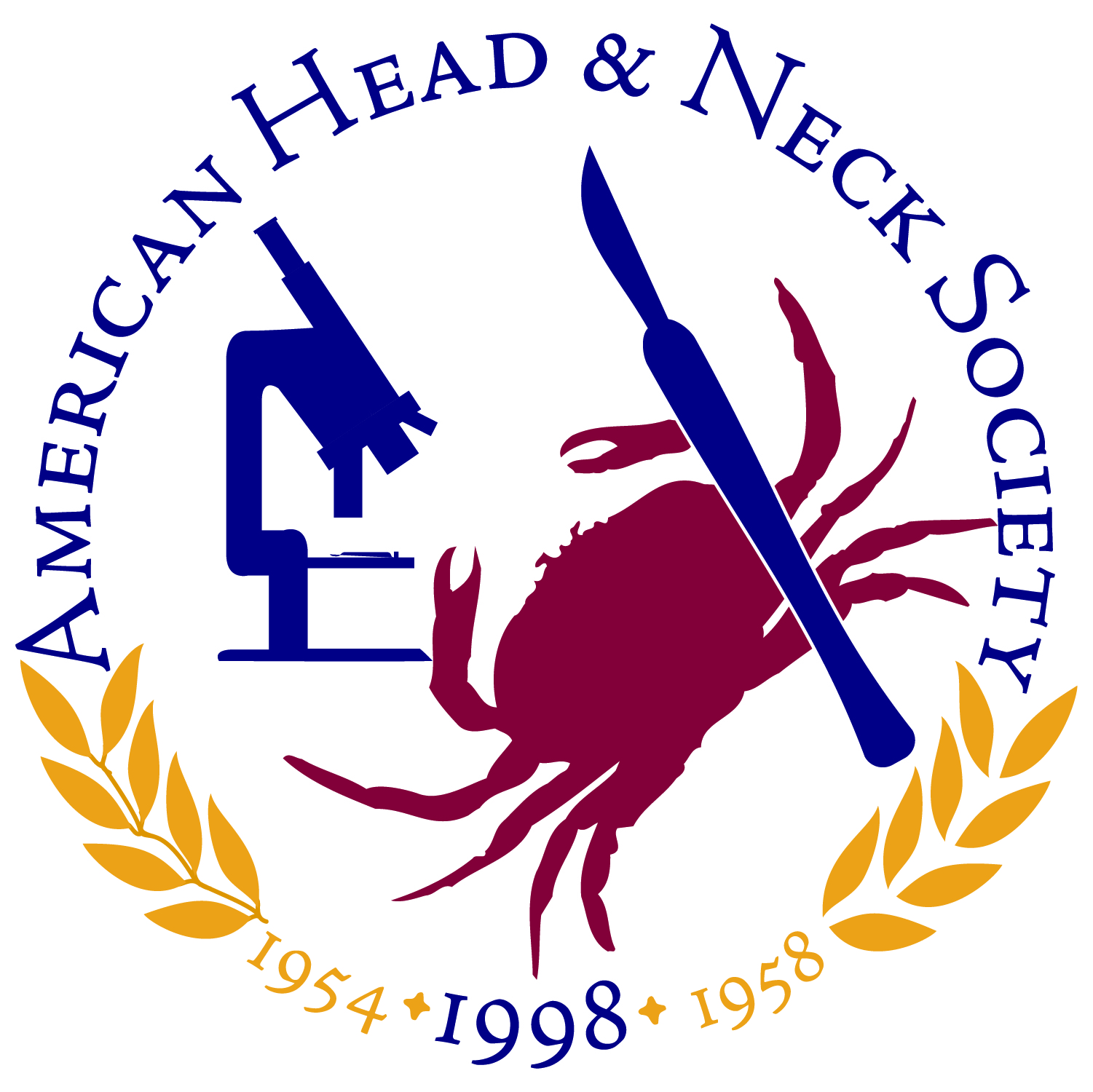Margaret F. Butler Outstanding Mentor of Women in Head and Neck Surgery Award
Margaret F. Butler Outstanding Mentor of Women in Head and Neck Surgery Award The American Head and Neck Society and the Women in Head and Neck Surgery Service is soliciting nominations for the Margaret F. Butler Outstanding Mentor of Women in Head and Neck Surgery Award. Dr. Margaret Butler was the first female otolaryngology chair …




